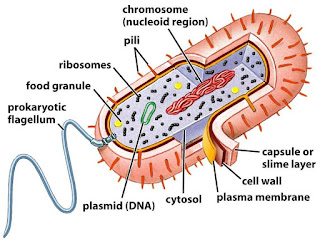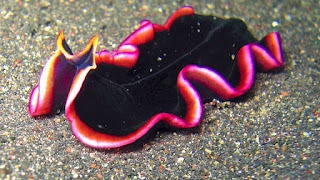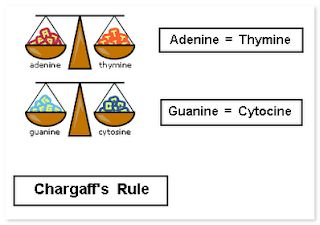Jacob Syndrome In Hindi : Biology Blog
Jacob Syndrome Jacob syndrome is due to presence of extra Y chromosome in males . This syndrome is also known as super male or criminal syndrome . Usually in human being , there are 46 chromosomes but such a patients have extra Y chromosomes due to this the chromosome number changed from 46 to 47 . For more information click on this video . Visit the full video for Jacob or supermale syndrome .


